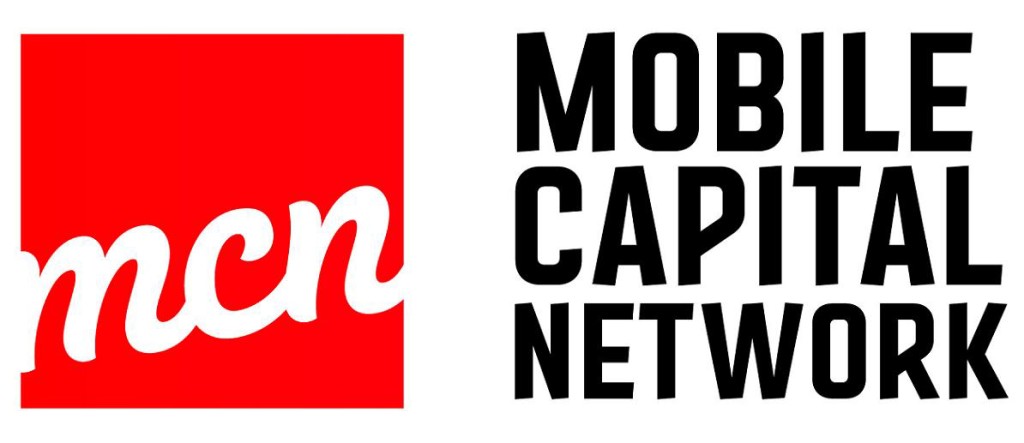In our practice we find that at times clients don’t fully understand why after claiming SR&ED investment tax credits the cheque they receive from the government or the amount of available tax credit carry forward is different from the amount claimed.
To understand this, let’s look at SR&ED differently. Instead of exploring how SR&ED is treated from the income tax act perspective and what gets deducted from where, let’s look at SR&ED from a practical, business point of view. The view offered in this post will equally apply to OIDMTC, IRAP, SDTF, CIIRDIF, Telefilm and any other form of government assistance.
As soon as we switch from looking at SR&ED as an investment tax credit (an accounting term) to viewing SR&ED as a payment for the services rendered to the government (see our blog posting entitled SR&ED Advice: Treat the CRA Like a Customer), the rest becomes very easy to understand.
As any revenues you collect for your products or services, “revenues” you collect from the government have bearings on your tax situation. It really doesn’t matter in what form these revenues come, be it SR&ED, OIDMTC, IRAP or any other type of government assistance.
In the case of SR&ED, the company has already spent the money on SR&ED-related work so all the SR&ED benefits it receives from the government go straight to the bottom line. This increases the company’s taxable income or reduces losses carry forward. Instead of sending you the cheque and asking you to pay additional taxes, the government withdraws the taxes from the amount it owes you and sends you the cheque for the difference. If you happen to owe the government more than it owes you, the government will ask you for the difference.
If you file your SR&ED claim concurrently with your tax return, then all this gets taken care of in your tax return. In this case, the “revenues” you receive or expect from the government and the taxes owing are reconciled. However if you file an amendment to your tax return to claim SR&ED or OIDMTC, you essentially correct the top and bottom lines on your income statement.
To illustrate what happens let’s look at a simple example. Let’s assume that your SR&ED claim is for $100, you are profitable and your tax rate is 30%. When you file an amendment to your tax return you are essentially “invoice” the government for $100 due to you for your services. When the government acknowledges your “invoice” your taxable income increases by $100 which results in additional $30 in taxes that you now owe to the government. So the government takes its $30 and sends you a cheque for $70. To make things fair, the government also pays you interest on the $70 for holding your money all that time it took the government to process your “invoice”.
If you paid a consultant to secure “revenues” from the government, just as with any other revenues the amount you paid will be your expense; hence your taxable income will be decreased accordingly. The consultant will pay taxes on their revenues.
At Mobile Capital we prepare SR&ED claims that accurately reflect the SR&ED-related work of the client so that the client is fully paid for the services rendered to the government.
To conclude, we would like to make an important disclaimer. We realize that the view expressed above does not reflect the complexity of the matter and cannot be considered entirely accurate from an accounting standpoint. We just hope that it helps business managers not fluent in accounting and finance to understand the process from a business perspective.


